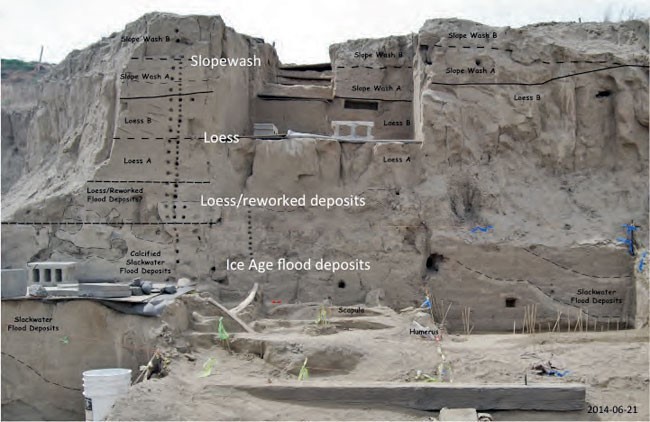Celebrating Ice Age Floods Institute's 30th Anniversary The annual IAFI Membership Meeting is coming to the Columbia Gorge this May 2-3, 2025, and all our members and their guests are cordially invited to come experience some of the best and most interesting features the Gorge has to offer. There’ll be opportunities to explore storied Gorge wildflowers and native plants, geology and winery field trips, whitewater rafting, a membership meeting/dinner and a presentation by the ever-entertaining Nick Zenter. Friday, May 2nd, will be action packed with activities during the day. Choose between a guided Spring Wildflower Walk, a Journey Through Terroir field trip, an Unveiling the Gorge field trip (repeated on Sunday, May 4). There are also opportunities available every day for full-day or half-day adventure whitewater raft trips on the Klickitat or White Salmon Rivers with Wet Planet Rafting, a local world-class rafting company. Friday evening will feature our members meeting and dinner, followed by an entertaining and informative presentation by the inimitable Nick Zenter exploring and geolocating J Harlan Bretz’s field notes. Jim O'Connor Richard Waitt Saturday, May 3rd, will feature the main Ice Age Floods Gorge Geology Field Trip – Explore evidence of the Ice Age Floods in the Columbia Gorge led by USGS expert geologists Jim O’Connor and Richard Waitt. This field trip will examine the geology of the Columbia River Gorge with emphasis on the effects of the Ice Age Missoula floods, examining key sites and discussing the latest research. Learn more about the Missoula Floods, explore dramatic flood landforms, and enjoy beautiful vistas, lunch at the Deschutes River Park (order a box lunch or bring your own), and a no-host afternoon recap at Maryhill Winery. Check-in begins each day at 8:00 AM at the Columbia Gorge Discovery Center Find more detailed information here There is also plenty to see and do in the Gorge to keep you fascinated and engaged if you can stay another day. Visit iconic Multnomah Falls (I-84 access only) and spectacular Vista House at Crown Point overlook. Visit Timberline Lodge, a stunning 1930’s CCC project, on the snowy upper flanks of Mt. Hood. Travel the Hood River Fruit Loop or ride the Mt Hood Railroad Hike one (or more) of the innumerable and spectacular Gorge hiking trails Take Windsurfing and Kiteboarding lessons or just watch the action Enjoy fine dining, artisan wineries, breweries, museums and shops throughout the Gorge. There’s so much more to see and do that we can’t even begin to list it all.


![Haugerud-headshot[1]](https://iafi.org/wp-content/uploads/Haugerud-headshot1.png)


